Our campground at Newport Campground was a bargain at $11 for no utilities. Though it didn’t offer anything special, it was a perfect location for visiting St Marks National Wildlife Refuge. Driving out to the ocean shortly before sunset, we passed several bird photographers with some of the longest lenses we’ve ever seen. Ponds and salt marshes provide resting spots for thousands of migrating birds and butterflies.
A platform provides views, like this one, of the marshes.
St. Marks lighthouse, built in 1842, still shines over the Gulf of Mexico. Boat ramps, trails, and a bird viewing platform meet anyone who makes it to the end of the road.
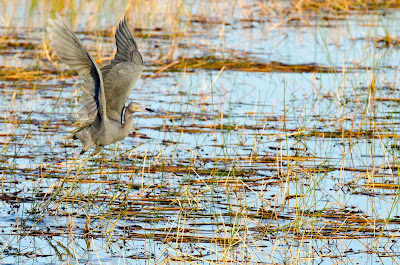
Leaving the refugee in the twilight we witnessed birds landing for the night.
An alligator crossed the road in front of us, reversing direction just like a squirrel. I didn’t realize how fast they could move.
Our most unexpected sighting was a large cat, with a long tail, who zipped across the road and quickly disappeared into the palmettos. Beth and I were fairly sure it was a cougar as described by the rangers on our visit to the grand canyon.
We returned to the refugee the next morning when the visitor center is opened. Rangers were skeptical of a cougar sighting, but showed us a picture of a jaguarundi, saying there have been unconfirmed sightings of these in the refugee.
Essential supplies are available in the visitor’s center. This display is an indication of the insect population.
Back at the lighthouse in the daylight.
Monarchs loved these flowering shrubs.
This Great Blue Heron successfully caught breakfast.
Birds didn’t need to fear human hunters, but native predators are abundant in the marshes.
A fisherman zooms by the remains of a dock taken over by seabirds.
As morning drew to a close we wound our way out of the refuge and turned east towards Cedar Key.
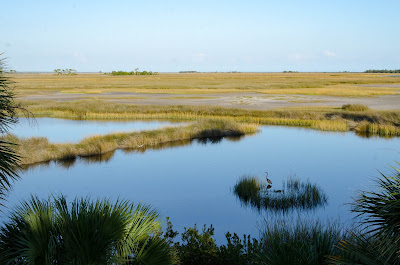
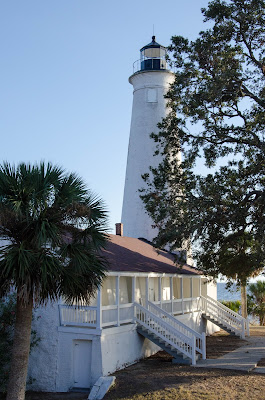
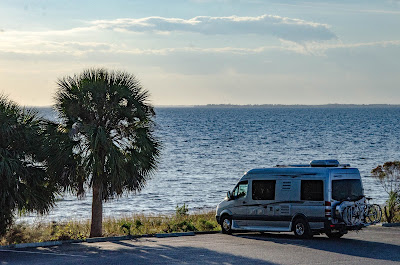
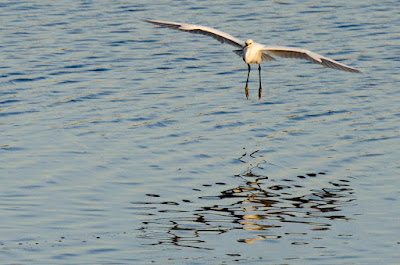
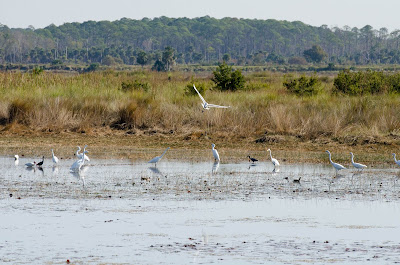
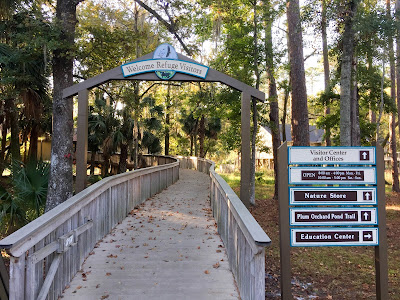

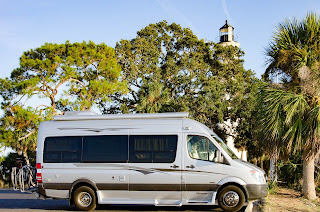
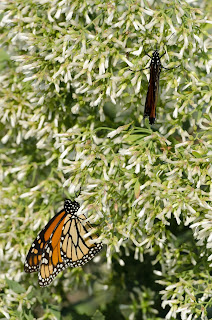

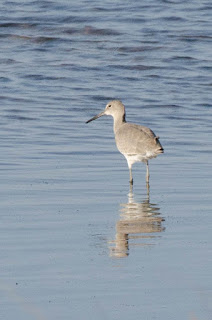
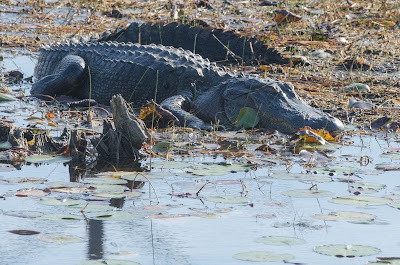
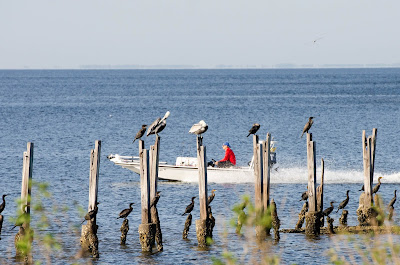
Leave a Reply